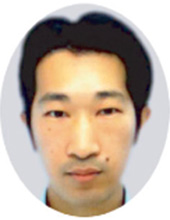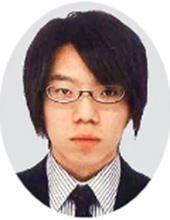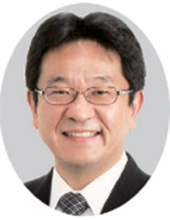
Yoji YABE

Youjie OUYANG

Masaki NAKAGAWA

Kensuke UTSUNOMIYA

Tomoharu NAGASHIMA

Hiroo SEKIYA

Hisa-Aki TANAKA







Injection locking is one of the essential technologies in electronics and information communication today. This technology originated in the days when vacuum tubes were employed, and its further improvement has been required for the purpose of being used in high frequency bands for millimeter wave wireless communications, and for the purpose of a power saving design and the further microfabrication of circuits. Since this is also important for scientific development, a lot of reports on technological and biological rhythms related to injection locking have been published in authoritative journals including Nature and Science.
Our research provides a clear answer, by both theoretical and experimental approaches, to the questions of whether performance limits exist for injection locking, and whether these performance limits can be achieved.
People that designed injection-locking systems needed to rely on intuitions or experience because there has been no systematic design methodology. For example, synchronization theory holding under the weak-nonlinearity assumption of self-sustained oscillators, which had been required for Adlerfs equation in the days when vacuum tubes were employed, involving harmonic/fractional-harmonic/higher-harmonic oscillations, had been investigated over the last few decades. However, (a) it had been difficult to construct a theory when input differs from sinusoidal function, and when nonlinearity is strong. In these cases, analytical design methods had not existed for real circuits, such as CMOS circuits, that have strongly nonlinear oscillations. Thus, only trial-and-error numerical simulations could be relied on. Therefore, (b) optimal-design theory to maximize the synchronization of injection locking under various kinds of constraints had not existed.
Our paper theoretically reveals that the above-mentioned problems contain an unexpected mathematical structure, and the problems can be related to extreme value problems in an infinite dimension that is solvable. Moreover, the optimal maximization of injection-locking performance is experimentally demonstrated in actual oscillators (class-E oscillators). Thus, we develop a systematic design theory of optimal injection locking under real constraints that can be applied to various kinds of nonlinear systems including microelectronics, biological clocks, and heart-beat pacemakers.
Due to the major contributions described above, this paper deserves the IEICE Best Paper Award.